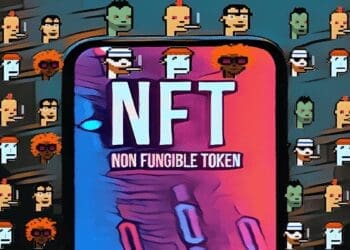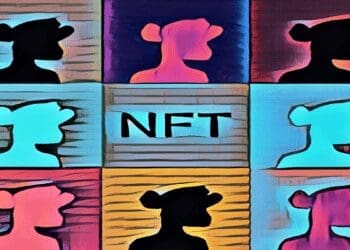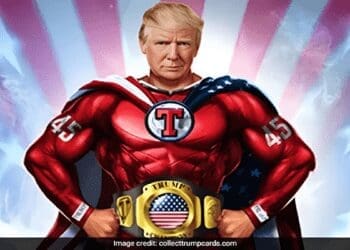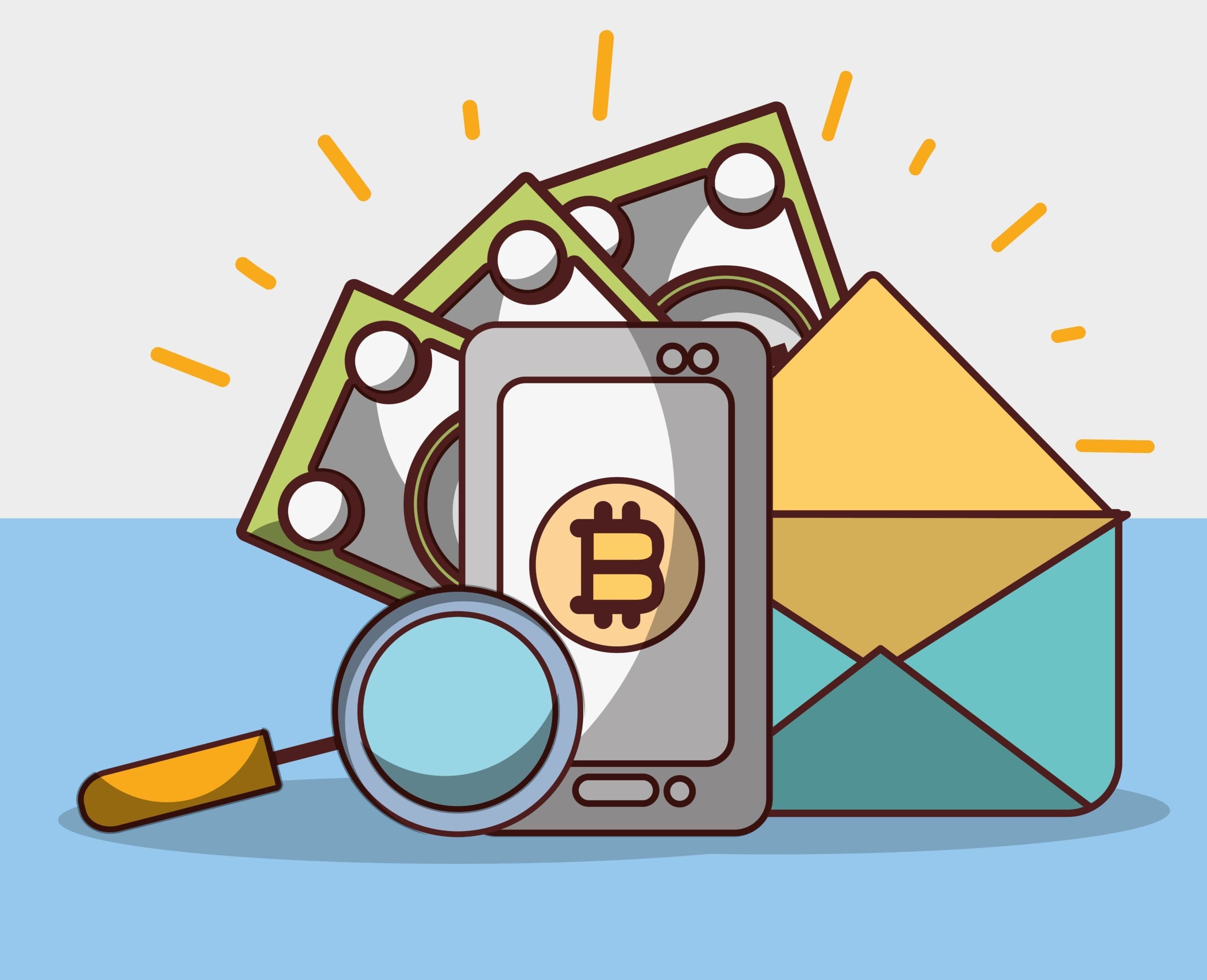The NFT (non-fungible tokens) market is one of the most controversial in the cryptocurrency space. NFT tokens are often compared to financial pyramids, and there is a lot of talk about their uselessness and unjustified high cost. Nevertheless, blockchain technologies inevitably enter all kinds of areas of life and business, so a modern marketer needs to master and competently use this innovation, which can really bring benefits.
When introducing NFT into a marketing model, it is important to remember that the value of an NFT lies in the token itself, not in what it provides. The purpose of the NFT is to give or assign a material value to those ideas that are of value to their creator or owner. In fact, the value of any NFT is almost exclusively subjective, so their use should transfer the value of the brand itself into its digital equivalent. In principle, any positive visual information about the brand, whether it’s a logo, a photograph, or a branded illustration, is a good option.
Owning a well-known brand NFT gives the user a subjective sense of ownership and proof of brand loyalty. You can also enter the ranks of such involvement. For example, silver, gold, platinum, which give different levels of privileges. The possession of such an NFT will act as an advertisement for the user of what is valuable to him. NFTs like this are more than just a discount card or a club membership. Rather, it is a property, the possession of which identifies its owner with a particular brand.
On the one hand, the possibility of using NFTs in marketing looks attractive both in terms of their popularity and profitability. On the other hand, involving NFT in your business model can have the opposite undesirable effect. Therefore, it is extremely important to initially choose a competent direction for the implementation of NFT tokens that are resistant to criticism.













Discussion about this post